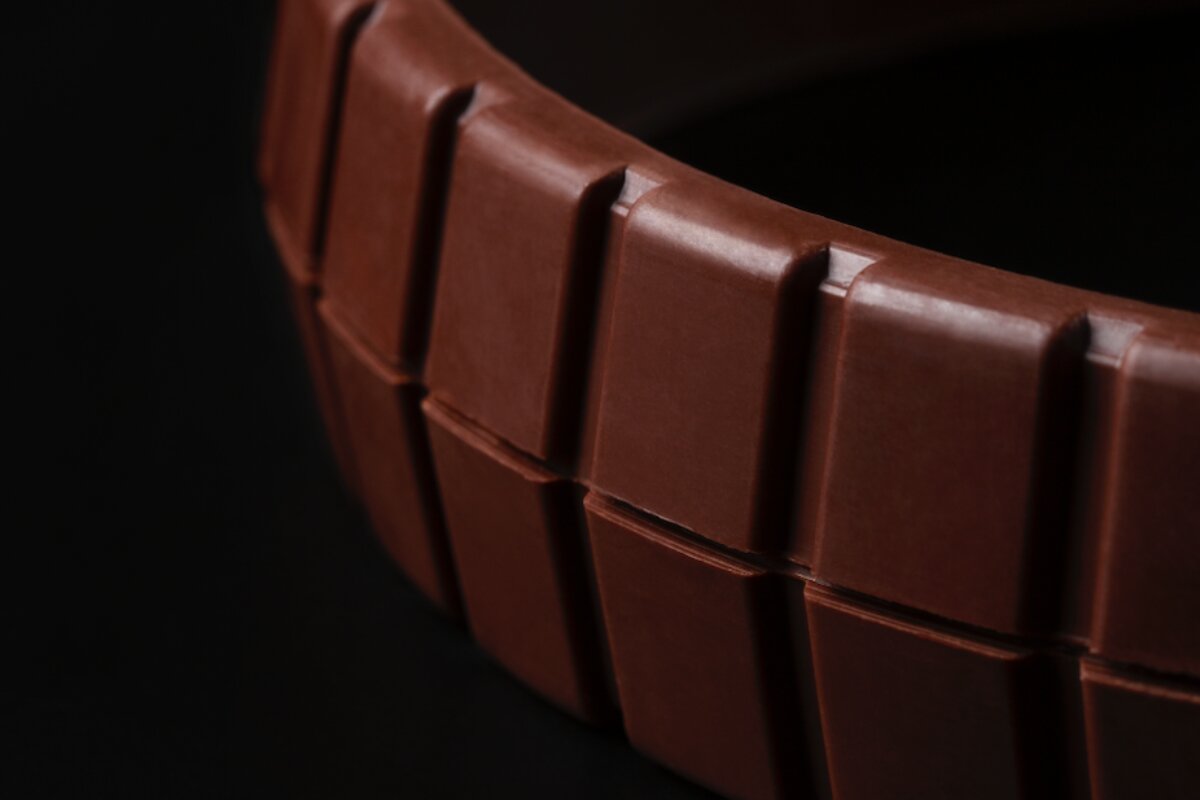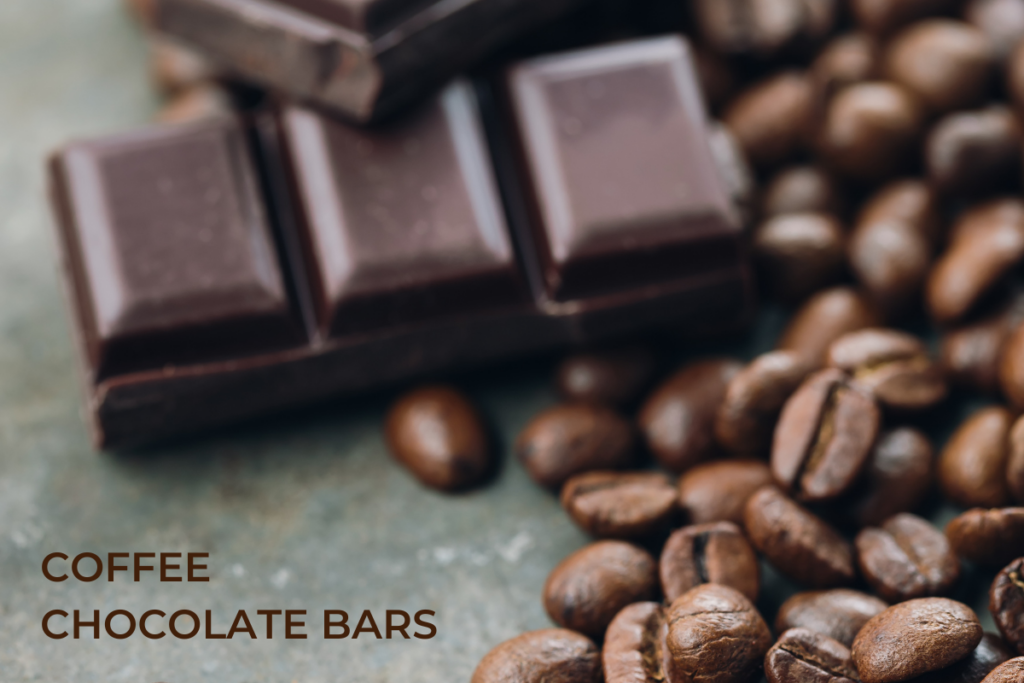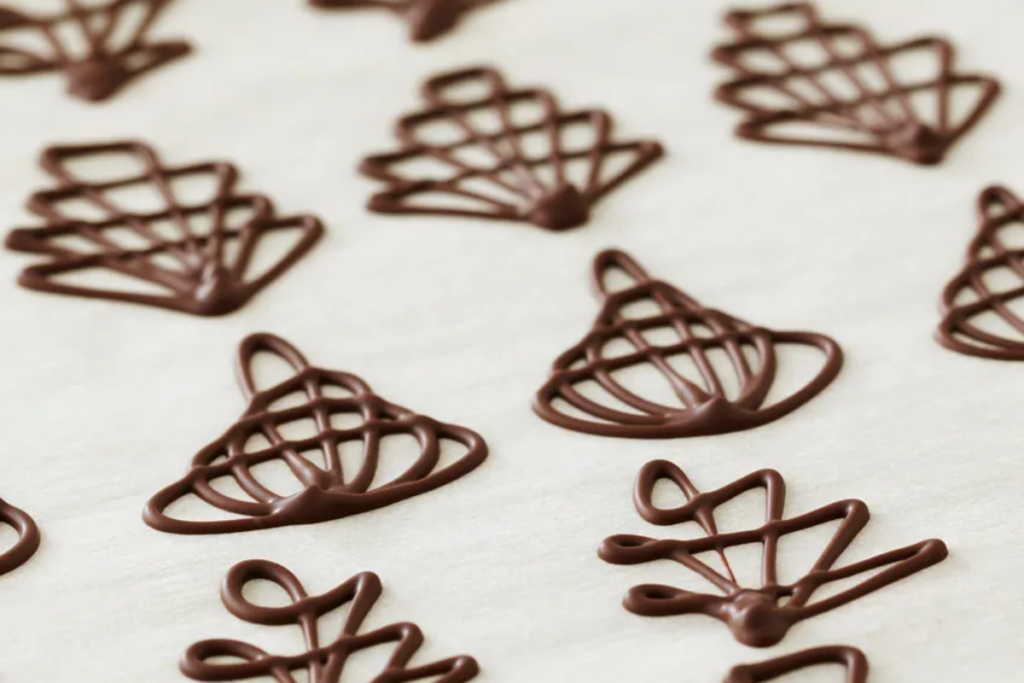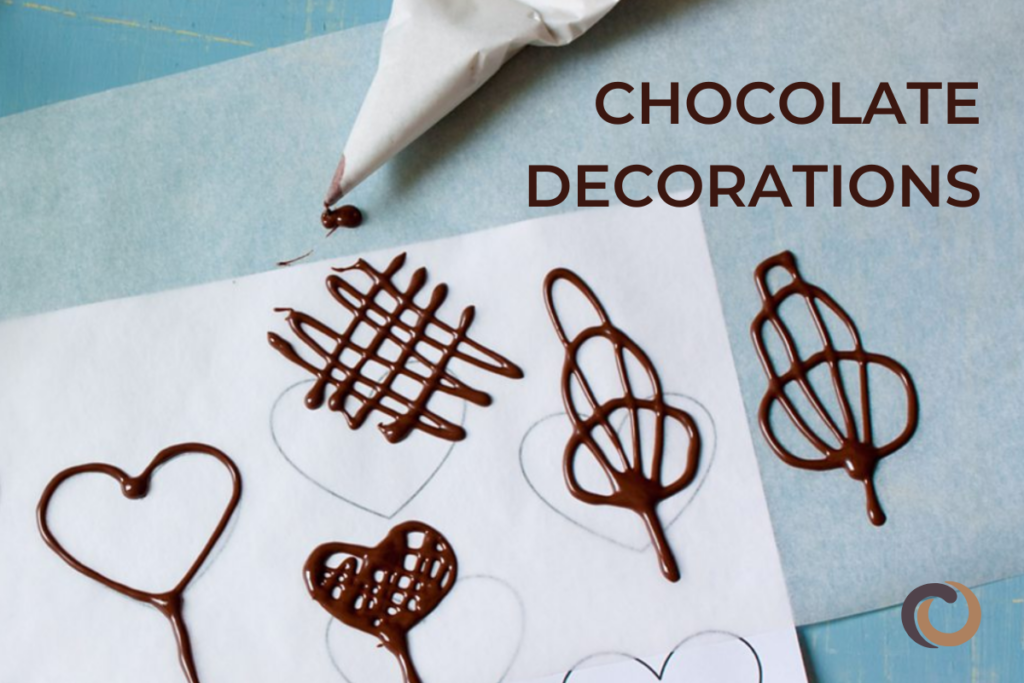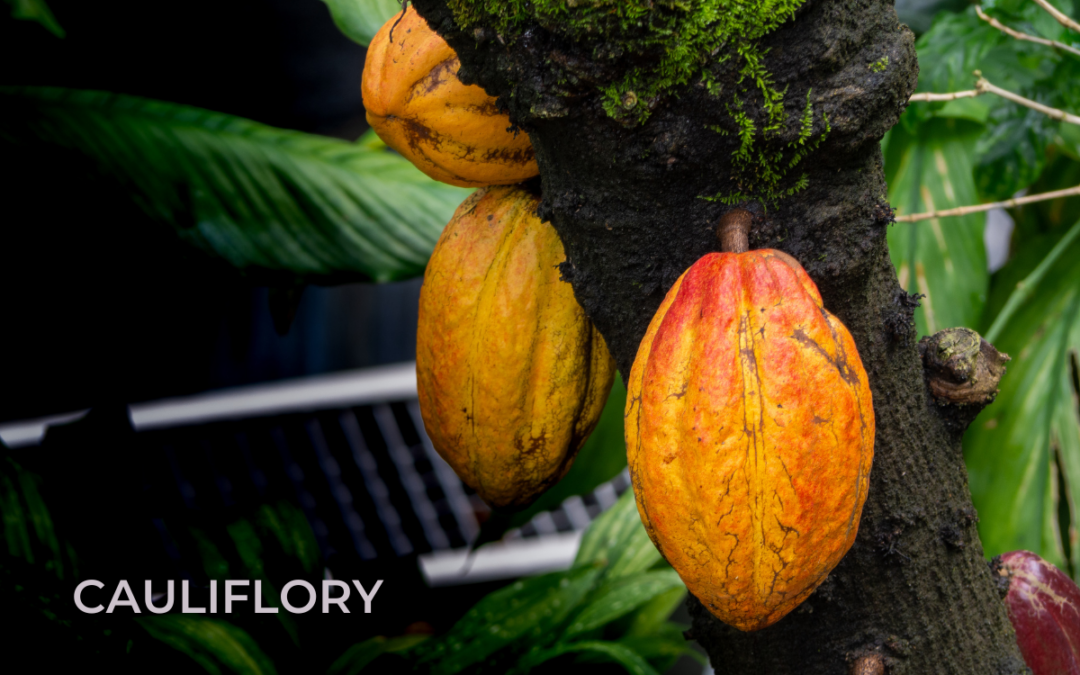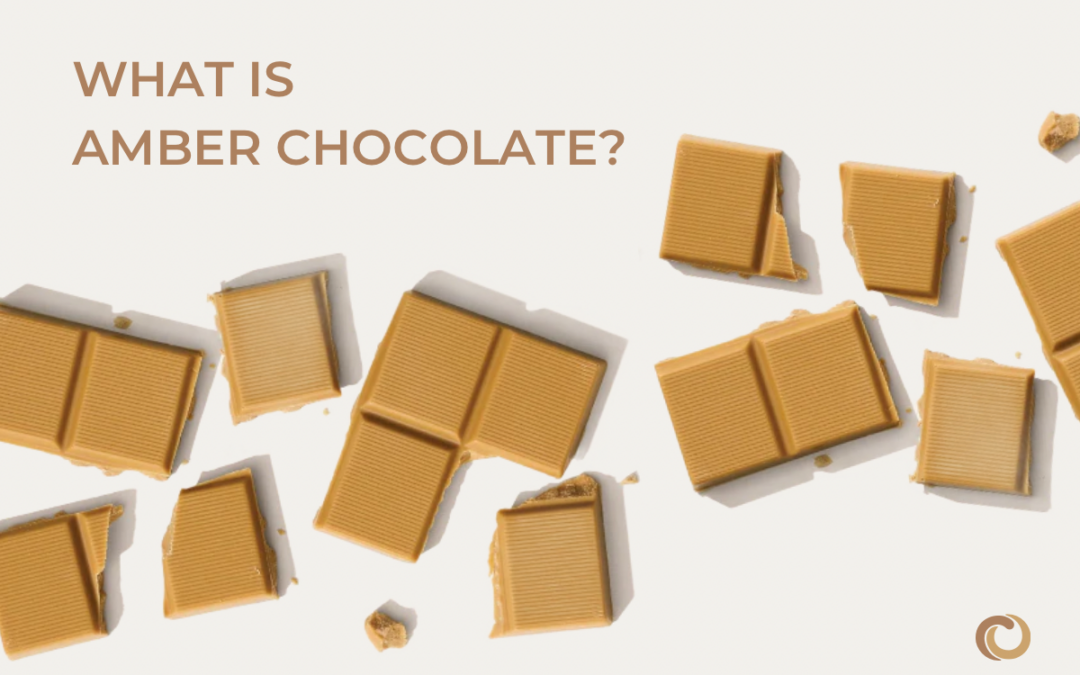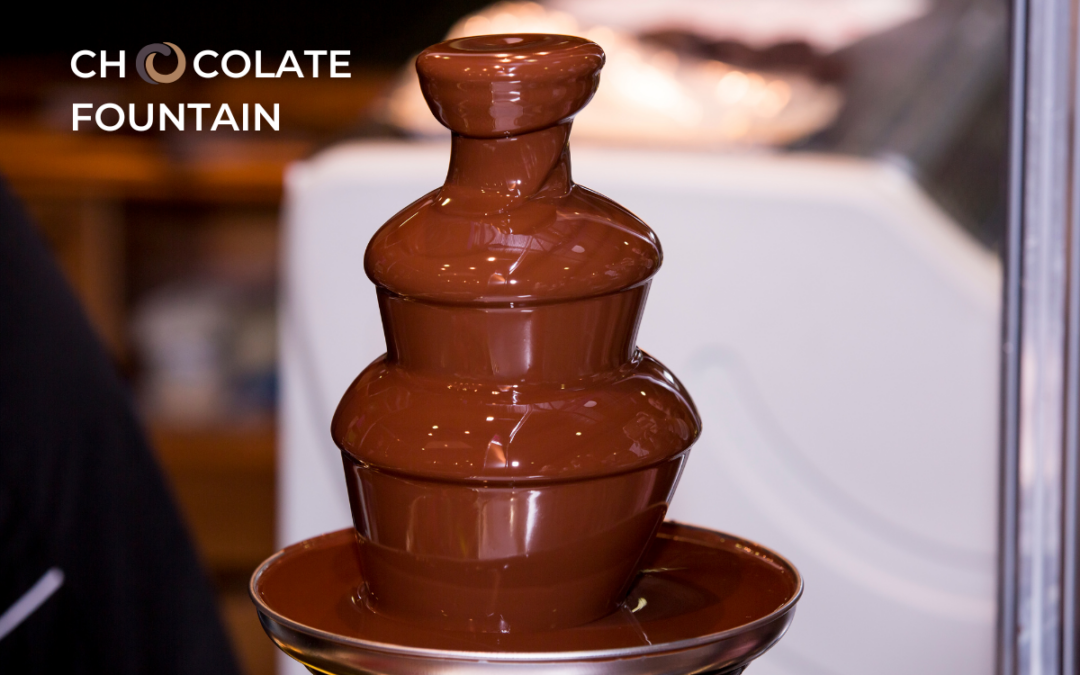Let’s take a look at all the factors that contribute to chocolate’s irresistible taste. From where the cacao beans are grown to how they are processed, join us as we explore what makes chocolate so uniquely delicious and the various factors that can change the flavor of chocolate.
Chocolate flavor
The flavor of chocolate is often characterized by a combination of sweet, bitter and fruity notes. It can vary depending on several factors, such as the variety of cocoa beans, the origin of the cacao beans and how they are roasted. High-quality chocolate often has a rich and complex flavor profile while lower-quality chocolate may have a flat, simpler or less intense flavor.
Understanding the basics of chocolate taste
Chocolate taste is a complex subject. To understand it, you have to consider several key factors that contribute to the overall flavor profile of chocolate like cacao origin, fermentation, cacao percentage, roasting, conching, added ingredients, and texture. Understanding these factors will allow you to appreciate the complexities and nuances of various chocolate products.
Pre-harvest chocolate flavor factors
Cacao beans have unique flavor profiles. Some cacao varieties may be more fruity, while others are nutty or earthy. The choice of variety plays a significant role in the final chocolate flavor. Learn more about cacao varieties.
Terroir, or the environment in which the cacao is grown, also impacts chocolate flavor. Factors such as soil composition, climate, altitude and rainfall can impart distinctive notes to the cacao beans. Organic or sustainable practices may also impact bean flavor.
The timing of cacao pod harvest matters to chocolate makers. Ripe pods contain beans with optimal flavor, while harvesting too early or too late can compromise taste. Once harvested, cacao beans must be handled with care to prevent contamination or damage that might affect their flavor as well. Learn more about how cacao is harvested.
Post-harvest chocolate flavor factors
Culling damaged, diseased or overly ripe cacao pods is an important first step. The selected pods are cracked open to remove the seeds which kicks off the fermentation process. Proper fermentation helps to remove bitterness and astringency while enhancing desired chocolate flavor characteristics. Not only must the cacao beans be fermented for the right amount of time, it is also important that the fermentation doesn’t get moldy which can introduce off flavors. After fermentation, the beans must be dried before they can be shipped to chocolate makers. Drying too quickly or too slowly will negatively affect the beans and the resulting chocolate’s flavor.
To bring out the best chocolate flavor, properly roasting the cocoa beans is a critical step. The time and temperature of roasting significantly affects the resulting flavor profile of the chocolate. A light roast highlights the fruity and acidic notes, while a dark roast results in more robust and complex flavors.
Winnowing the roasted beans, which is the process of separating the nibs from the shell, is also an essential part of making chocolate. The efficiency of this process can influence the texture and flavor of the chocolate. Learn more about winnowing and how winnowing machines work.
The process of grinding cocoa nibs into a paste helps to create the smoothness and desired texture of the chocolate. The more finely the cocoa nibs are ground, the smoother the chocolate will be. Under-refining will result in chocolate that tastes gritty, while over-refining will result in chocolate with a sticky mouthfeel (like the experience of eating a large spoonful of peanut butter).
Conching is the process by which chocolate flavor is smoothed out. Conching usually takes place in a large machine which heats, mixes and aerates the chocolate to volatilize specific flavor characteristics to develop the desired taste. Longer conching times often result in smoother, milder chocolate.
Tempering chocolate is an essential, final step in making chocolate and the process greatly impacts the perception of flavor. Tempering helps preserve and enhance the flavor of chocolate. The stable molecular structure formed during tempering ensures that the cocoa fat is evenly distributed throughout the chocolate, allowing it to melt at the right temperature in your mouth and release all its flavors.
Added ingredients can also impact the flavor of chocolate. Milk powder (for milk chocolate), vanilla, sea salt, nuts and sweeteners, for example, can impact the final flavor of the chocolate. Finding the right balance between chocolate’s natural flavors and added flavors is important in developing the perfect chocolate bite.
Impact of storage on chocolate
Chocolate’s flavor can also be affected by how it is packaged and stored. Proper packaging helps maintain freshness while avoiding exposure to off-flavors or odors. Learn more about the importance of chocolate packaging. Improper storage of chocolate, particularly dark chocolate, can have a negative impact on quality. Over time, some of the chocolate intensity may mellow.
Heat, light and moisture are the enemies of chocolate and can cause it to deteriorate over time. Sugar bloom occurs when moisture causes sugar crystals on the chocolate’s surface to dissolve and recrystallize. Fat bloom happens when the cocoa butter separates from the chocolate and forms a white, waxy layer on the surface. Both types of bloom affect the chocolate’s appearance and texture although the chocolate may still be safe to eat.
And if for some reason, there’s a chocolate bar that’s been sitting on your shelf for a long time (for over a year), it’s possible that the chocolate has lost its temper. Over time, solid chocolate can change its molecular structure (from Form V to Form VI) which will result in a harder chocolate that doesn’t melt quickly in your mouth. Don’t throw it out. In this case, you can either retemper the chocolate to bring it back to its original glory or use it in a cooking project.
We hope you enjoyed this article. For more great articles, check out the rest of our CocoTerra blog.
If you have any questions or comments, feel free to contact us through our social media channels. We are @cocoterra_co on Instagram and Pinterest and @cocoterraco on X (aka Twitter) and Facebook.

